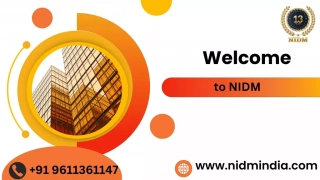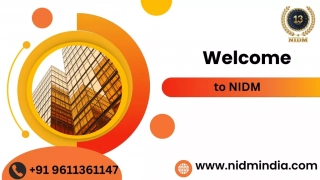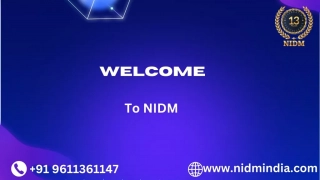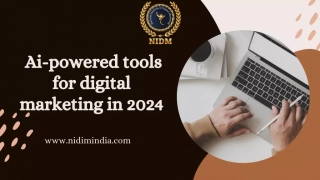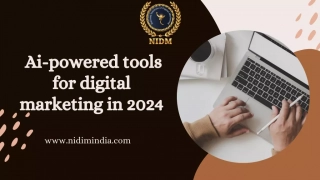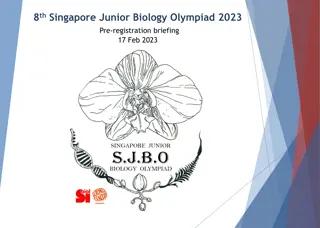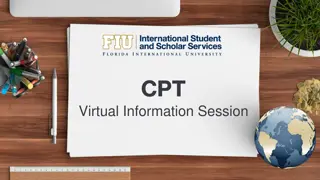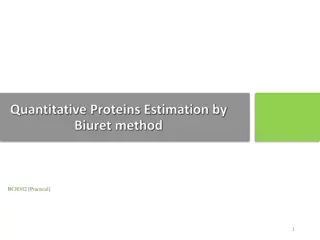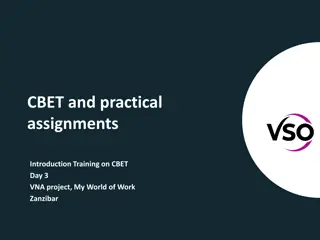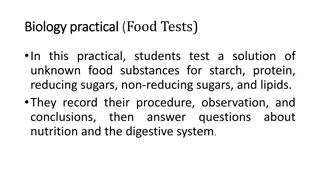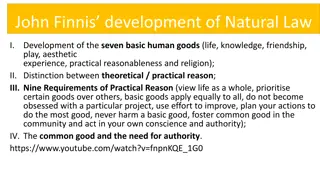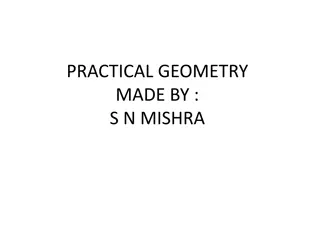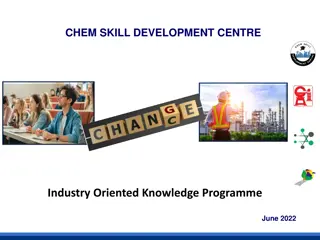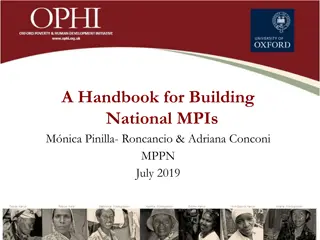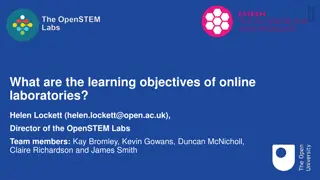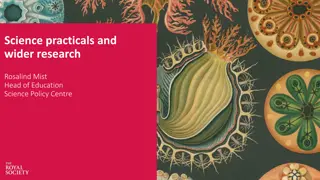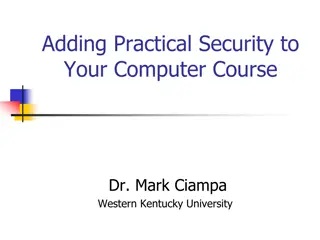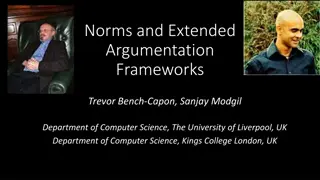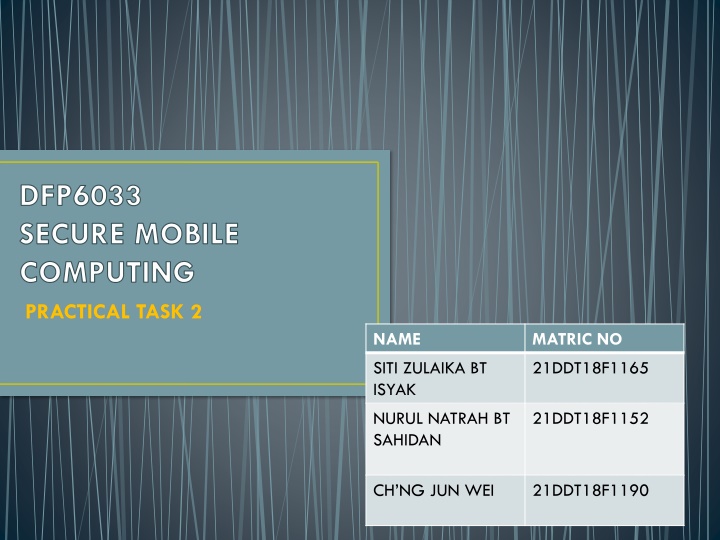
Middleware in Three-Tier Architecture
Explore the key roles of Message-Oriented Middleware, Transaction Processing Middleware, Communication Middleware, and Transcoding Middleware in facilitating communication and data processing within a three-tier architecture. Gain insights into the functions and benefits of each middleware type in enhancing system performance and efficiency.
Download Presentation

Please find below an Image/Link to download the presentation.
The content on the website is provided AS IS for your information and personal use only. It may not be sold, licensed, or shared on other websites without obtaining consent from the author. If you encounter any issues during the download, it is possible that the publisher has removed the file from their server.
You are allowed to download the files provided on this website for personal or commercial use, subject to the condition that they are used lawfully. All files are the property of their respective owners.
The content on the website is provided AS IS for your information and personal use only. It may not be sold, licensed, or shared on other websites without obtaining consent from the author.
E N D
Presentation Transcript
DFP6033 SECURE MOBILE COMPUTING PRACTICAL TASK 2 NAME MATRIC NO SITI ZULAIKA BT ISYAK 21DDT18F1165 NURUL NATRAH BT SAHIDAN 21DDT18F1152 CH NG JUN WEI 21DDT18F1190
Three tiers in a three-tier architecture are: Presentation Tier: Occupies the top level and displays information related to services available on website. This tier communicates with other tiers by sending results to the browser and other tiers in the network. Application Tier: Also called the middle tier, logic tier, business logic or logic tier, this tier is pulled from the presentation tier. It controls application functionally by performing detailed processing. Data Tier: Houses database servers where information is stored and retrieved. Data in this tier is kept independent of application servers or business logic.
a. Message-Oriented Middleware (MOM) It connects different application through asynchronous exchange of message Work over a networked environment without knowing what platform or processor the other application is resident on. The message can contain formatted data, requests for actions or unsolicited respond. Provides a message queue between any two interoperating applications. If the destination process is busy, then massage is held in temporary storage until is processed. It is asynchronous, peer to peer, works in Publish/Subscribe fashion. In this mode, one or more objects subscribe to an event. As event occurs it will be published by the loosely coupled asynchronous object. MOM will notify about this event, is appropriate for event driven applications. Eg: Message Queue from IBA known as MQ series.
b. Transaction Processing (TP) middleware It provides tools and environment for developing transaction based distributed applications. Inputs the data into system at point of information source and output the data at information sink. Used in data management, network access, security systems, delivery order processing, airline reservations, customer service etc. Capable of providing services to thousands of clients in a distribute clients in a distributed client/ server environment. Includes features such as restarting failed process, dynamic load balancing and ensuring consistency of data. Independent of database architecture. It optimizes the use of resources by multiplexing many client functions onto much smaller set of application services routine. Eg: MVC
c. Communication middleware Similar to connecting one application to another with the help of telnet. Used in telecommunication world. User interface is through telnet. A mediation server automates the telnet protocol to communicate with these nodes in the network. Eg: TN5250, TN3270
d. Transcoding Middleware Similar to connecting one application to another Used to transcode one format of data to another to suit the need of the client. To access web pages on phone, the HTML pages are transcoded into WML pages so that mobile phone can access it. It is used for content adaptation to fit the need of the devices. Content adaptation Is also required to meet the network bandwidth. Content adaptation is done through proprietary protocols.
e. Distributed Object and Components Eg: CORBA (Common Object Required Broker Architecture) Open distributed computing infrastructure being standardized by object management group. Is vendor independent infrastructure. COBRA based program from any vendor on almost any computer, operating system, programming language and network can interoperation with a CORBA based program from same or another vendor. Handles large number of clients at high rates with high reliability.
FIRST GENERATION(1G) i. Definition of the technologies 1G refer to the first generation of wireless telephone technology,mobile telecommunication which was first introduced in 1980s and completed in early in1990. 1g network use Analog Signal. ii. Key features and facilities Voice only iiv. Standard and Data bandwidth 14.4kbps Analog v. Example of devices 1G Wireless System
Advantages and disadvantages 1G Advantages Disadvantages 1. element. 1. 2. 3. 4. Simpler network Limited capacity Not secure Poor battery life Large phone size
SECOND GENERATION (2G) i. Definition of the technologies Digital narrow Band circular data. ii. Key features and facilities Multiple users on single channel. It provide better quality and capacity. Enable services such as text messages.picture message and MMS(multi media message iii. Standard and Data bandwidth 9.6/14.4kbps 25 mhz iv. Example of devices
Advantages and disadvantages 2G Advantages Disadvantage 1. MMS internet access and SIM introduced. 1. Low network range , slow data rates. 2. Particular problem on 2G cellular system is that sometimes weaker digital system may not reach the cell tower. 2. 2G allows far greater phone penetration hence has more efficient spectrum. 3. Digital has a jagged step curve whereas analog has a smooth decay curve. 3. 2G cellular network is digitally encrypted. 4. 2G digital system sometimes have dropouts under slightly worse condition whereas analog system is static. 4. SMS text messaging and other services were started with 2G cellular network.
THIRD GENERATION (3G) Definition of the technologies Digital broadband packet data. Typically called smart phones and features increased its bandwidth and data transfer rates to accommodate web- based application and audio and video files. Key features and facilities Providing Faster Communication 3D Gamming Large capacities and broadband capabilities
Instant messaging, SMS, MMS are the applications that are easily accessed on 3G. Journey from 1G to 3G is as shown in Fig 1 Figure 1
Standard and Data bandwidth 3G services were provided by all the operators on 2100 Mhz ban 3G provide wireless services with data rates of 144kbps to 384kbps provide speed up to 3.1mbps Example of devices mobile TV internet access video calls all in the environment of mobile
Advantages and disadvantages 3G Advantages Disadvantages 1. 2. 3. Large cell phones. 4.High bandwidth requirement High security International roaming 1. 2. 3. High power consumption Low network coverage High cost spectrum
FOURTH GENERATION (4G) Definition of the technologies 4G was started from late 2000s. One of basic term used to describe 4G is MAGIC. M obile Multimedia A nytime Anywhere G lobal Mobility Support I ntegrated Wireless Solution C ustomized Personal Services Key features and facilities More Security High speed High capacity Low cost per-bit Standard and Data bandwidth 100 Mbps-1Gbpsspeed Example of devices Mobile web access IP telephone gaming services high-definition mobile TV video conferencing 3D television
Advantages and disadvantages 4G Advantages Disadvantages Speed High speed handoffs MIMO and Global technology Battery uses is more Hard to implement complicated hardware required. Expensive equipment required to implement next generation network.
FIFTH GENERATION (5G) Definition of the technologies Started from late 2010s. Complete wireless communication with almost no limitations. 5G is the fifth generation cellular network technology Key features and facilities Large broadcasting of data in Gbps. Standard and Data bandwidth advanced standards effective since 2011. Probably gigabits. Example of devices Multi- Media newspapers
Advantages and disadvantages 5G Advantages Disavantages Better coverage area Low battery consumption Availablity of multiple data transfer path Energy and spectral efficiency is more and has a high security. High speed,high capacity. Expensive

